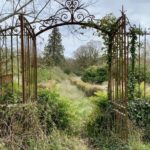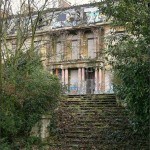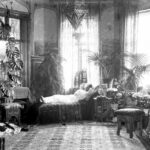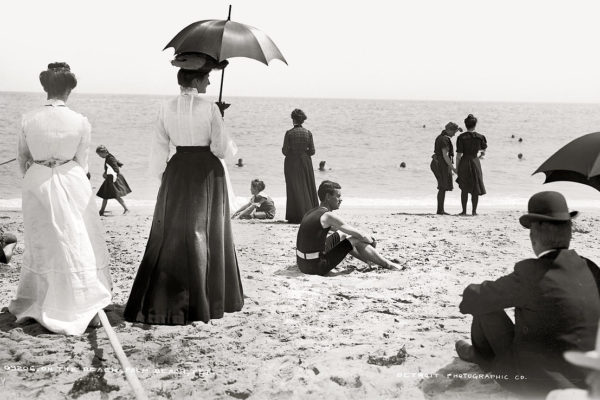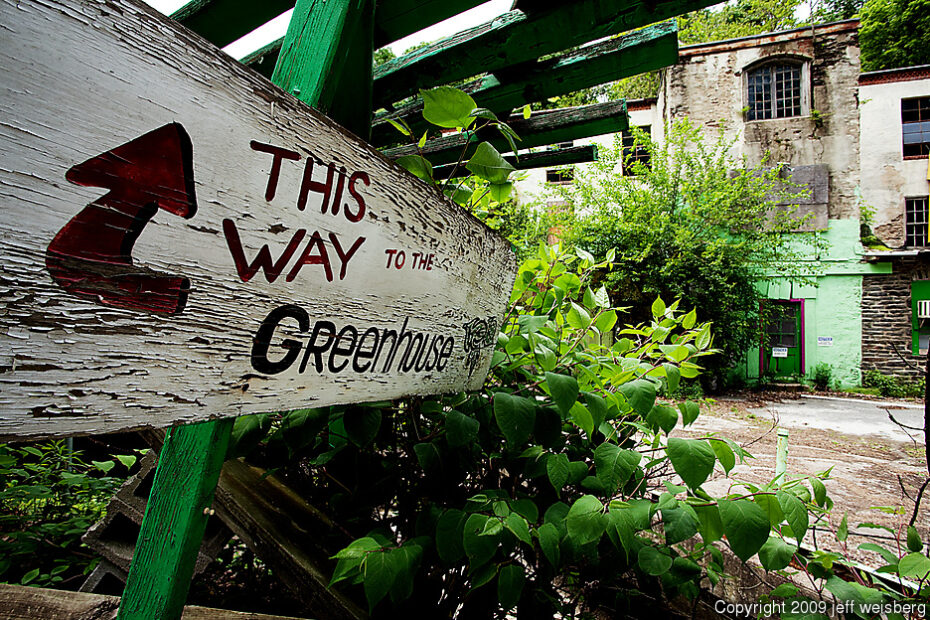
Today I opened my computer and typed in my chosen search words of the day: “abandoned greenhouse“. Little did I know how many photographs I was about to scroll through. So many, too many! Why is that? Surely we still all eat greens and enjoy decorating our houses with them. Why have so many of these beautiful glass forests, both private and commercial, been forgotten by us? Perhaps in a mass-producing world it’s naïve of me to be asking. And as one photographer from my endless search points out about the fate of the abandoned greenhouse: “once left to rot, it might not be doing much “rotting” as it is growing”. Let us dip our toes into the compendium of documented abandoned greenhouses of the world, thanks to all the photographers out there that share a curious fascination for these forgotten glass forests…
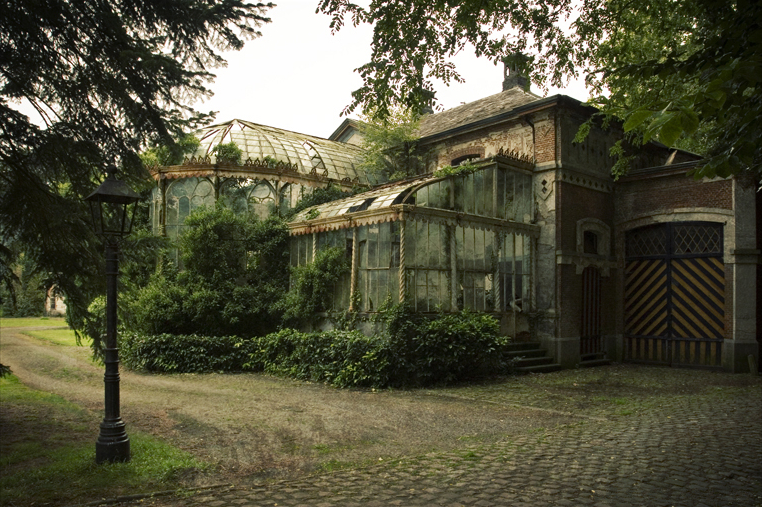
“Chateau R“, this castle is far from abandoned although it sure looks like it. At the back a german shepard awaits you with bare teeth, we also met the gardener and the ‘baron’. This place is straight from a fairytale and you start to believe in elves and fairies right away.
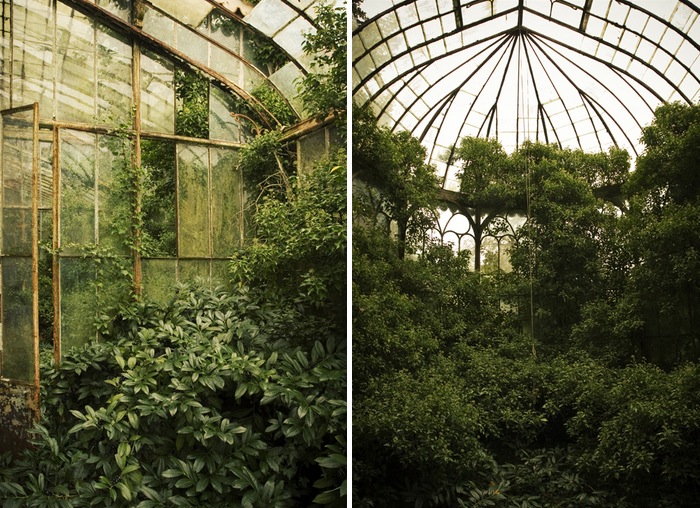
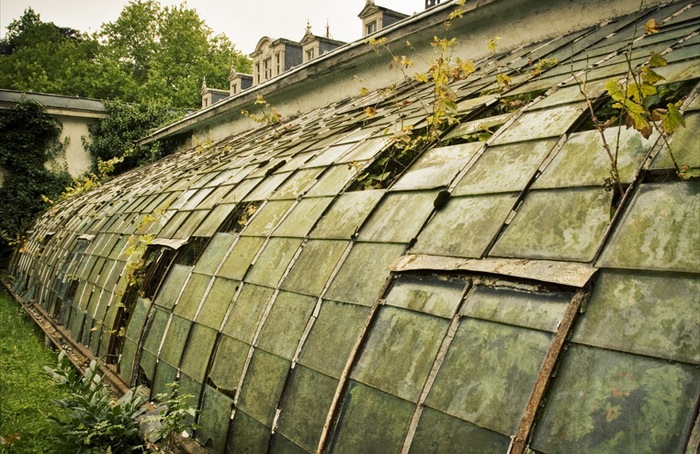
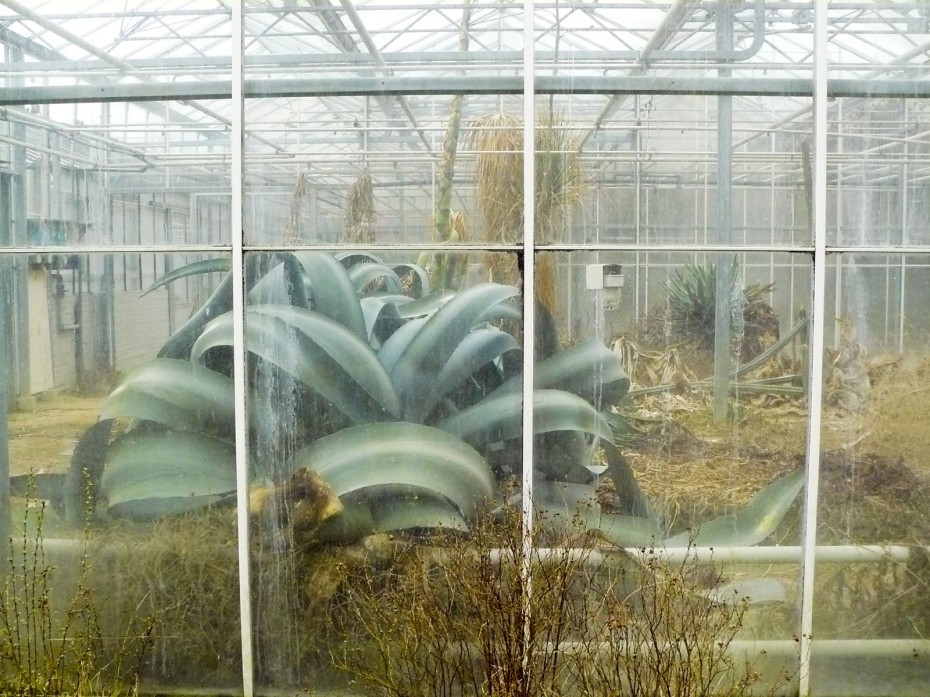
“These agaves are giant, they’re doing amazingly well, since the greenhouse is abandoned for years”.
Photographed by Liesje in Frederiksoord, a town in the Dutch province of Drenthe.
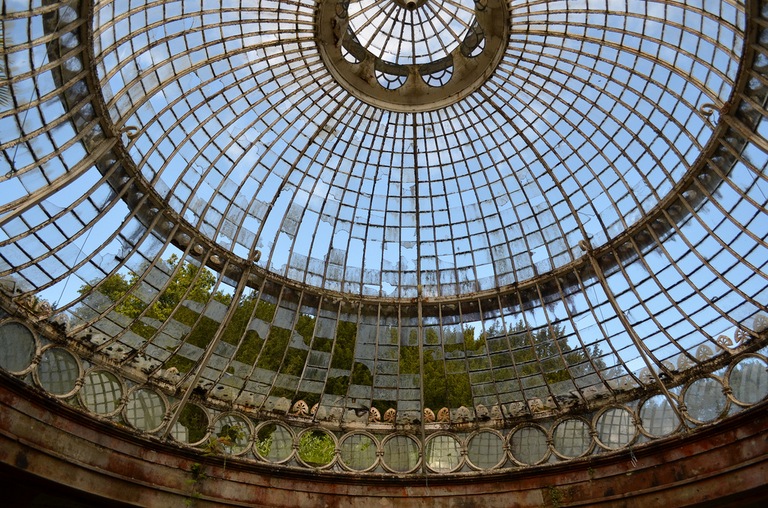
The abandoned greenhouse at Alton Towers, England.
The Alton Towers site opened in 1860 in Staffordshire with flower shows and garden tours until a theme park was built on the site in 1980. Apparently they didn’t think the kids would be interested in the greenhouse.
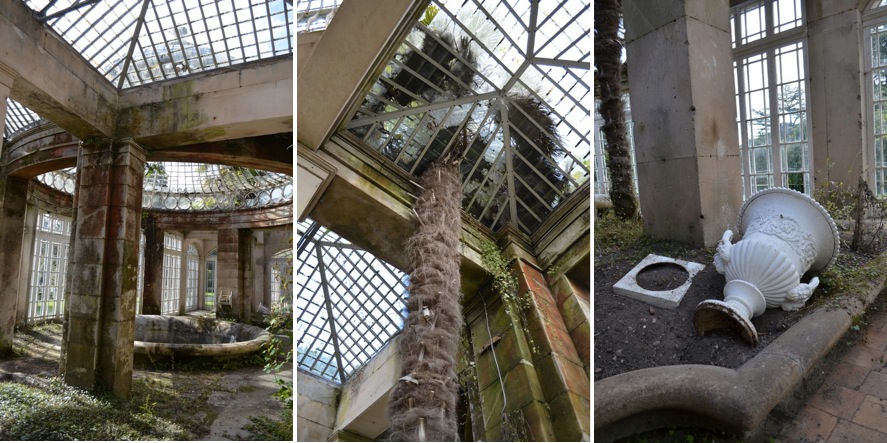
Photographed by Mark Nias, full album here.
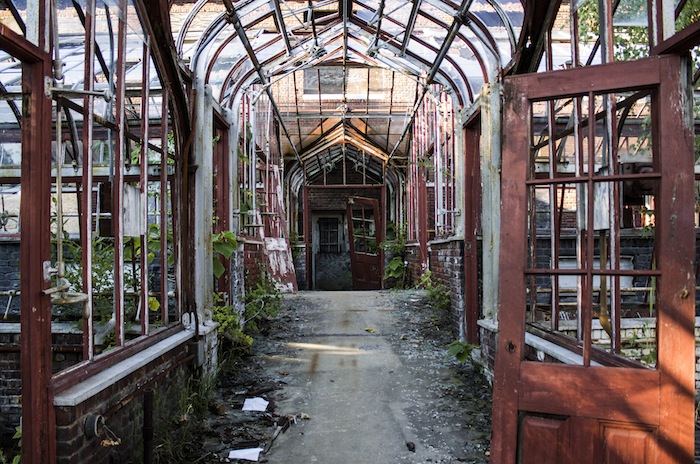
Just off Route 9 in Yonkers, a half-hour drive north of New York City, the Boyce Thompson Institute is an abandoned agricultural institute where the plants have gone wild. Opened in 1924, a collection of fields, greenhouses, and laboratories, its purpose was to improve society through the study of plants. William Boyce Thompson, an American mining magnate, established the institute after traveling to Russia with the Red Cross in 1917 and witnessing poverty and starvation. He was concerned about the USA’s growing population and the possibility of the food supply. It operated until 1978, when increasing air pollution and property taxes warranted a move to Cornell University’s Ithaca campus. The city of Yonkers currently owns the property. Since 2005 there has been talk of turning it into a commercial building and wellness center, but for now the buildings sit in limbo — windows smashed, walls covered in graffiti, and plants slowly enveloping the greenhouses. (via Slate)
Photographed by George on Flickr.
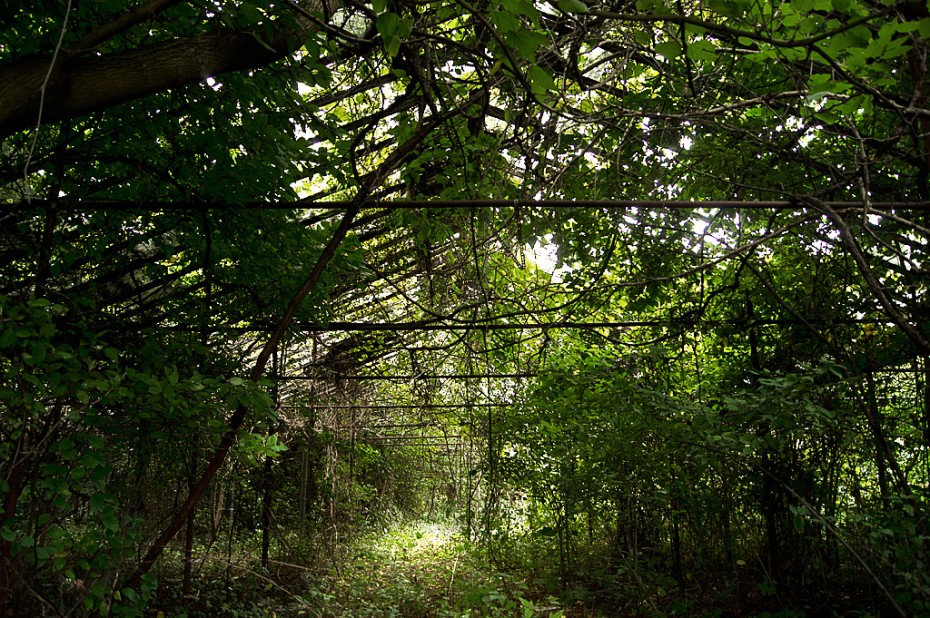
Photographed in Ohio by Shane McNelly
Another one in Ohio…
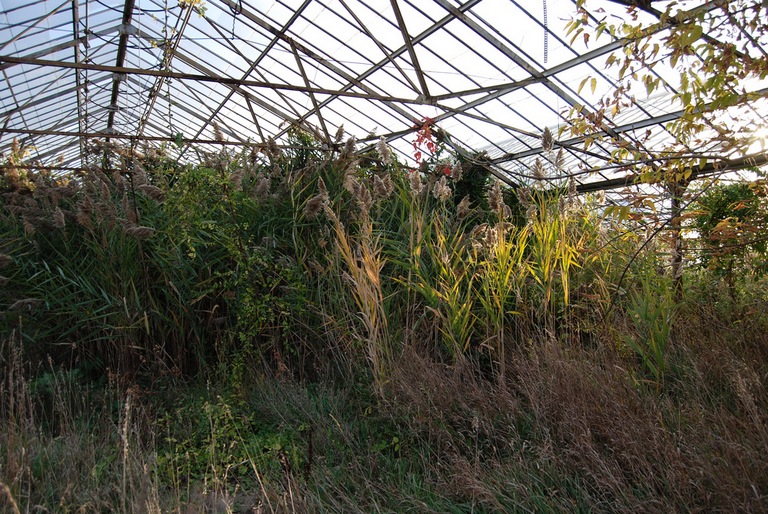
“These plants are taller than me”.
Full album by “BlueMaria”.
It looks like Ohio is a hotspot for abandoned greenhouses, here’s another one…
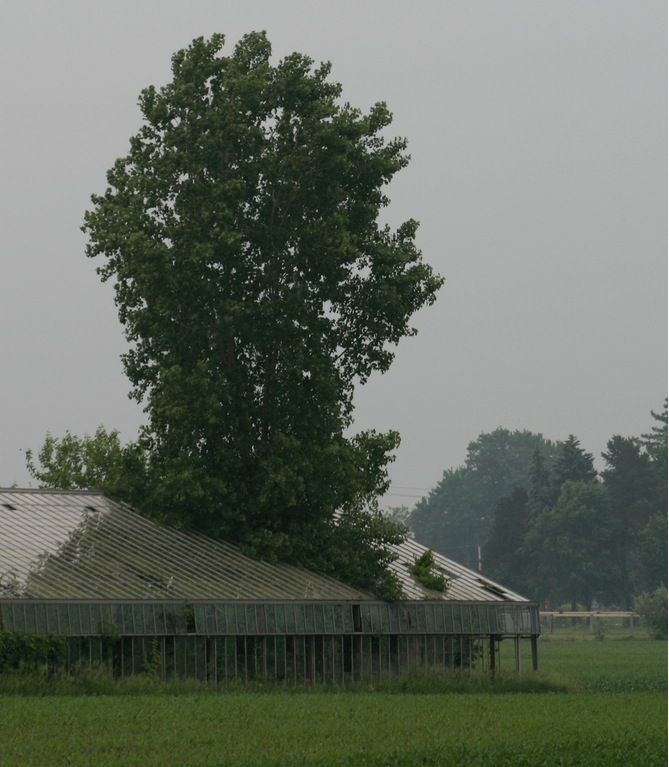
Location, identified through the comments as Otto’s Greenhouse. One commenter wrote:
“I worked for and with Ken Otto at his Warrensville Greenhouse from 1981-1984. My heart breaks seeing this picture. Ken took me as a young teen and gave me responsibility, skills and value. He played a vital role in my life and to this day, I wish I could somehow let him know how precious and valuable those few years were and how they contributed a great deal in making me the man I am today.”
Photographed by Brian B.
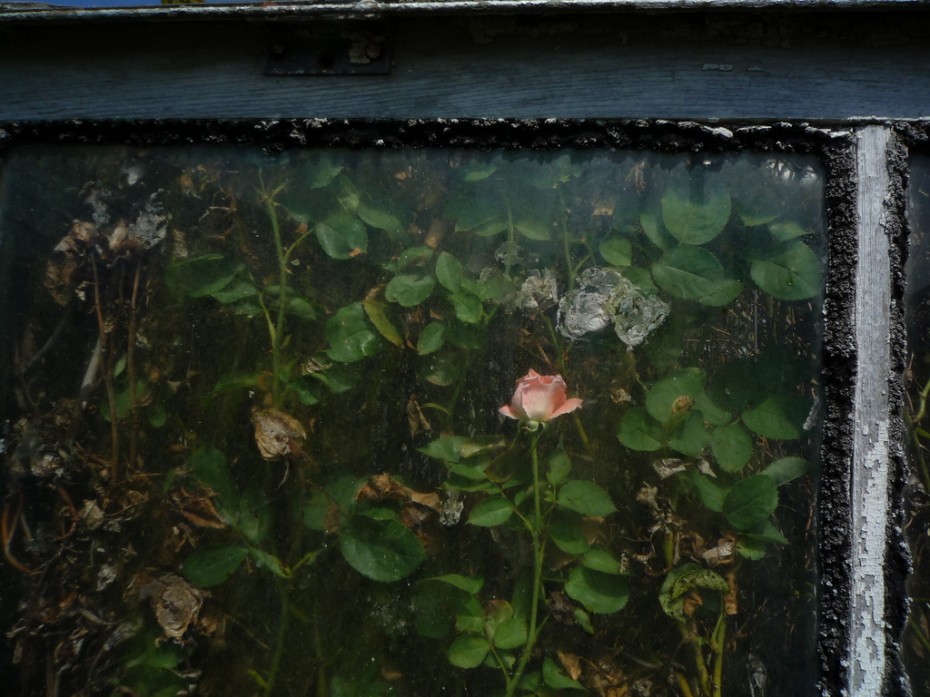
“A former commercial rose farm gone wild”, location not given.
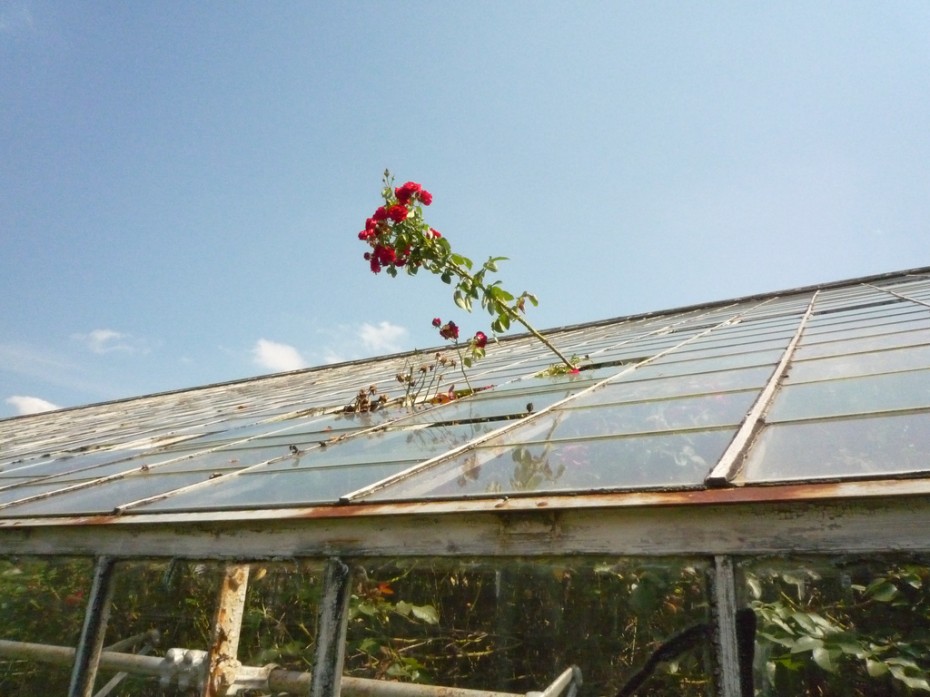
Full album here.
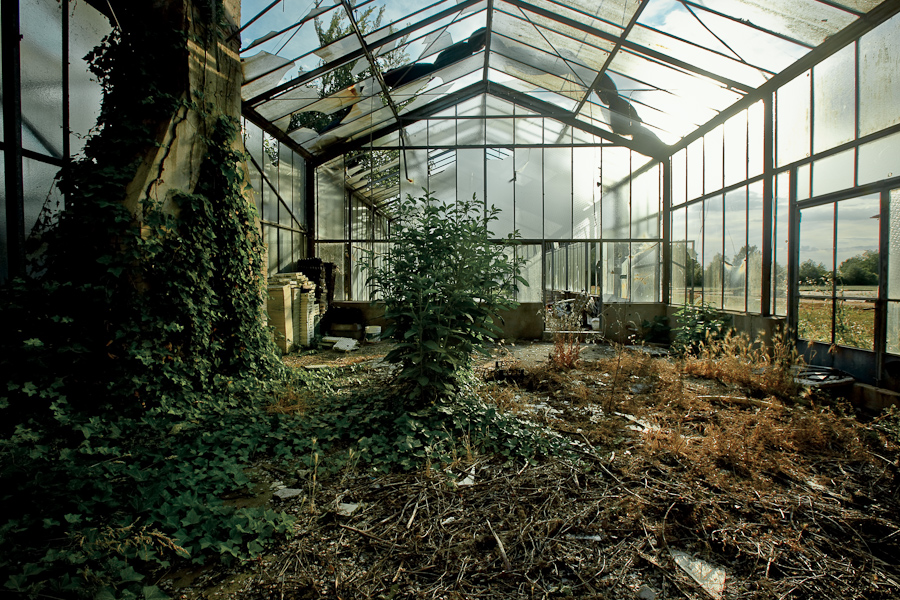
Location not given, photographed by Neil Berret.

“The Steampunk Greenhouse”, photographed by Nicola Berlotti. The location has been kept quiet but seems to be a popular spot for urbex photographers, more incredible shots of the interior can be found here.
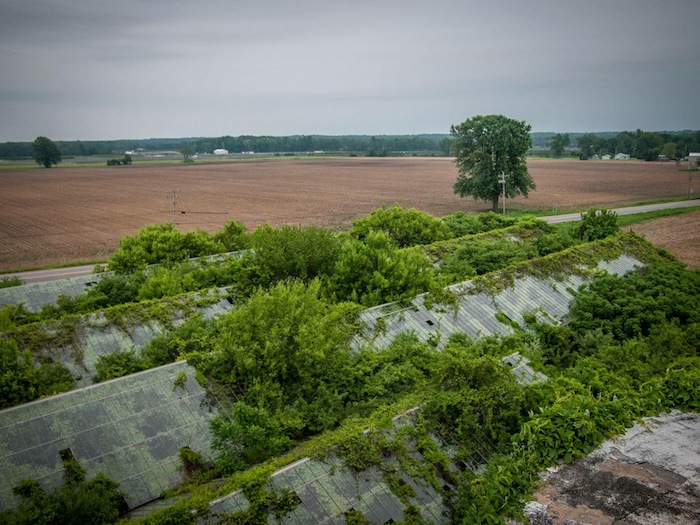
“The Glass Forest”.
As time progressed, vines and other foliage had begun to wrap themselves around metal beams, which held the structure together, gripping them tightly with friendly winding hands, almost caressing them into an inevitable closure of ruination. Beneath the blanketing of vines now remains a rusting, rotting skeleton of a place that once provided food and decoration for homes, as well as a sizable amount of jobs to former employees.
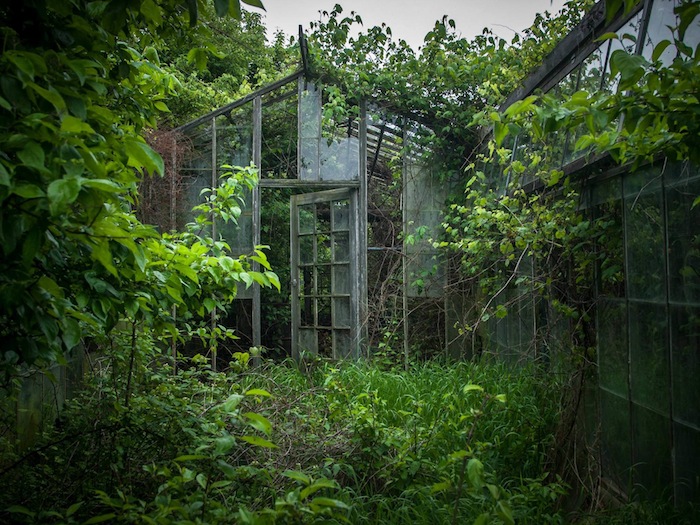
We are so familiar with the vibrant, lively look and feel of the average greenhouse. These large spaces, usually built of glass, invite the sun in, encouraging the growth of flowers, foods and more, but what happens when these structures are forgotten? What happens when we leave something of this nature in nature’s hands? We find quite a vibrant scene can be spawned from natural destruction.
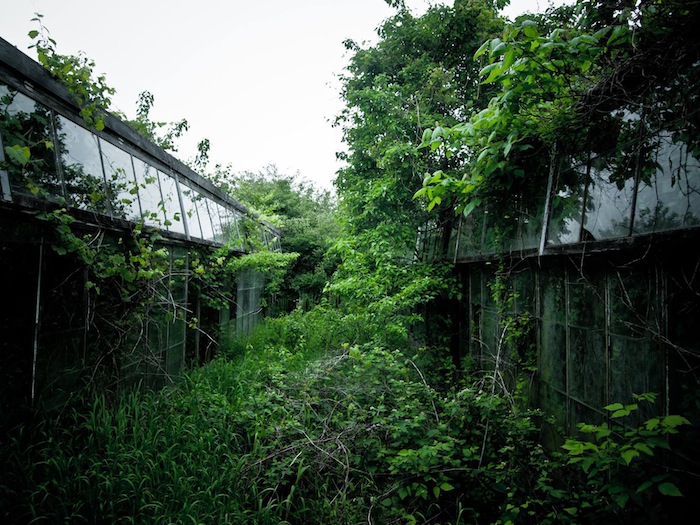
Considering the fact that these spaces are built specifically to motivate the growth of plants, I’m sure you could imagine that once left to rot, it might not be doing much “rotting” as it is growing.
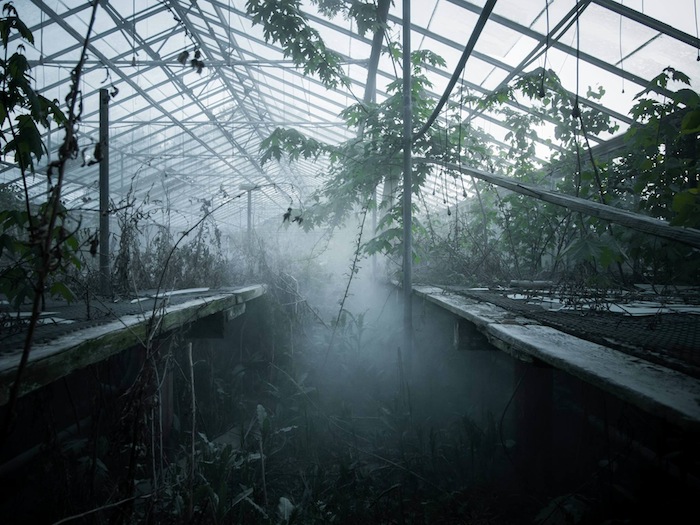
During winter months, we find a drastic change of scenery still unlike any thought of a “normal” greenhouse view when snow begins to fall into the glass forest, coating bare, twisting branches of trees, covering the floor and filling a space being reclaimed by Mother Nature. These winter months give a much more tranquil display of an almost post-apocalyptic stage.
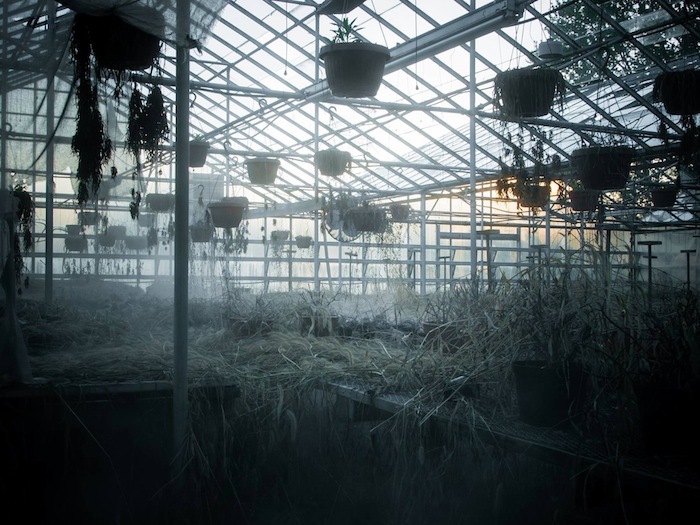
Location not given but find the full album here by Johnny Joo and his impressive urbex portfolio has a Facebook page here.
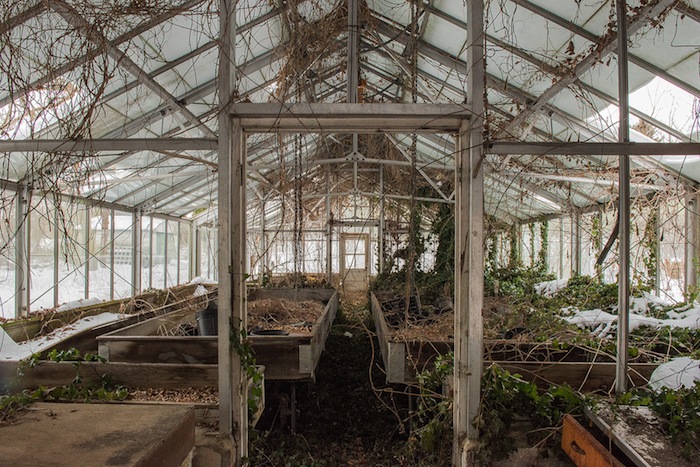
Location not given/ photographed by Adam Peterson
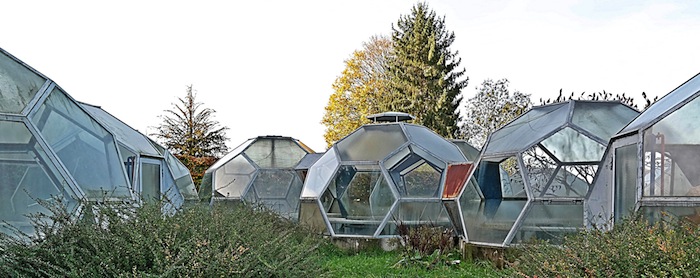
“Cosmic Greenhouse”, somewhere in Germany, exact location not given.
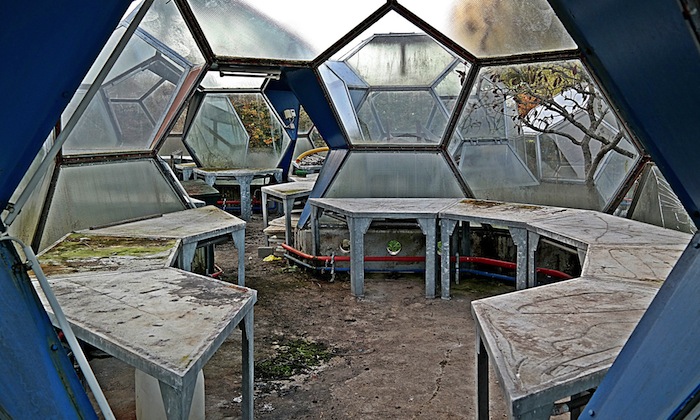
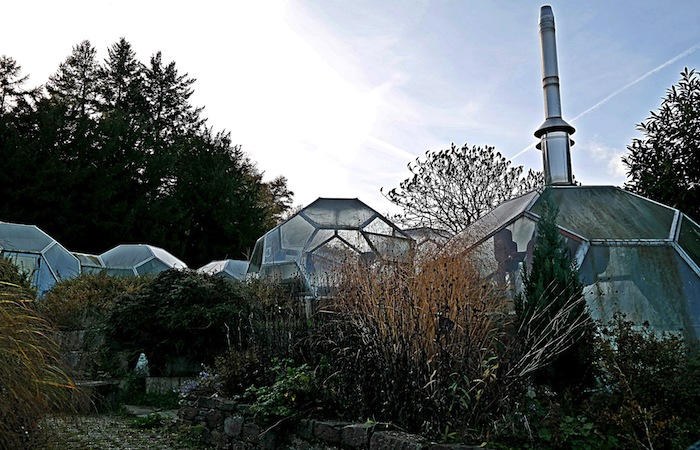
Full album by Urbex With Flo here.
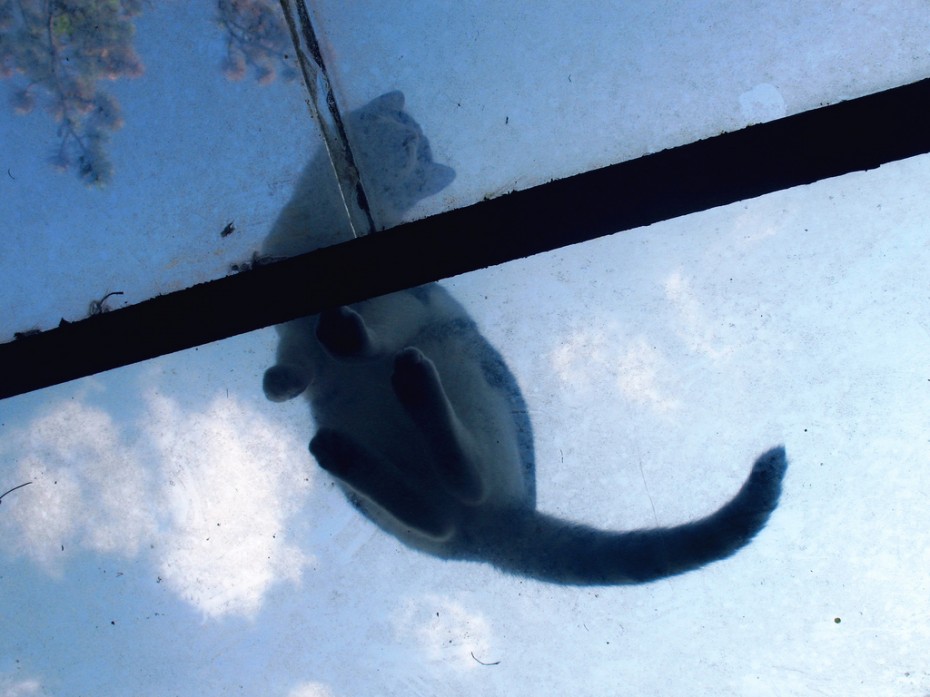
“A new moon in the sky”, photographed at an abandoned greenhouse in Trieste, by Vanessa Cornacchia
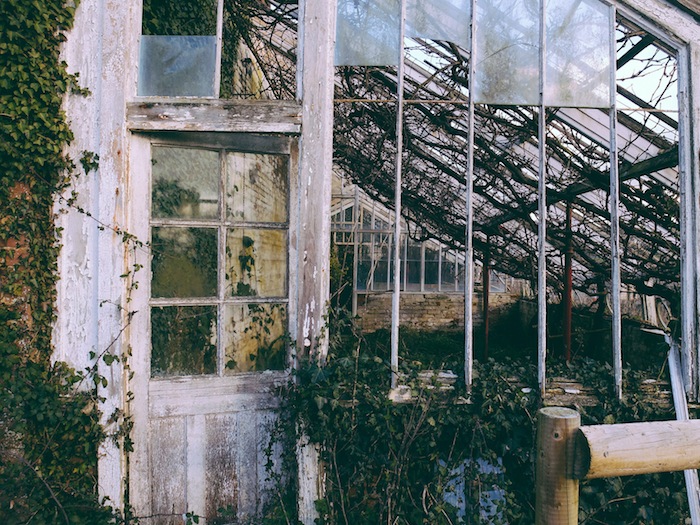
“Kingston Lacy Kitchen Garden”. Photographed by Matt Northam, more photos of the location here.
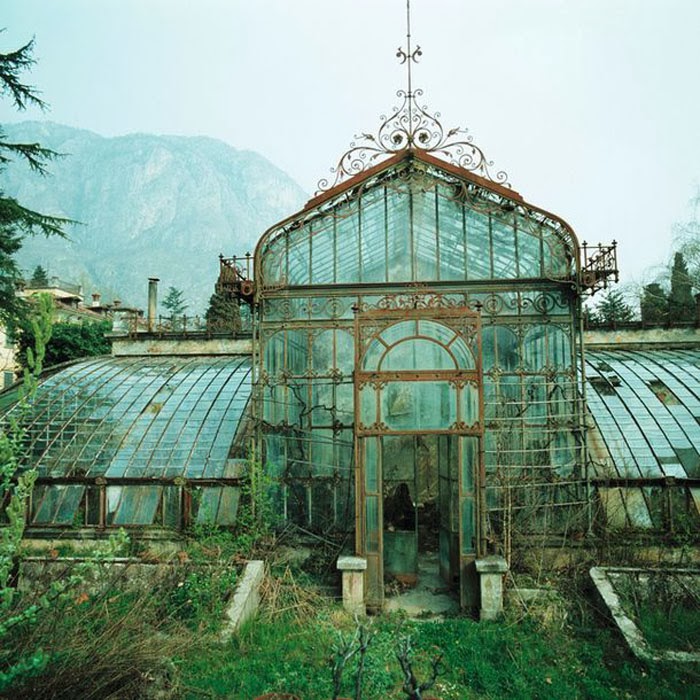
Abandoned Victorian Style Greenhouse, Villa Maria, in northern Italy near Lake Como. The exact location of the photo was over the hotel Villa Carlotta in Tremezzo near Lake Como in northern Italy. The location of the “wintergarden” is Griante/Cadenabbia. The park belongs to Villa Maria, a variant of the world-renowned garden of Villa Carlotta in Tremezzo.
The photograph was taken by Friedhelm Thomas in 1985, but it looks like the Villa Maria has undergone a restoration since 1985!
This is what it looks like today…
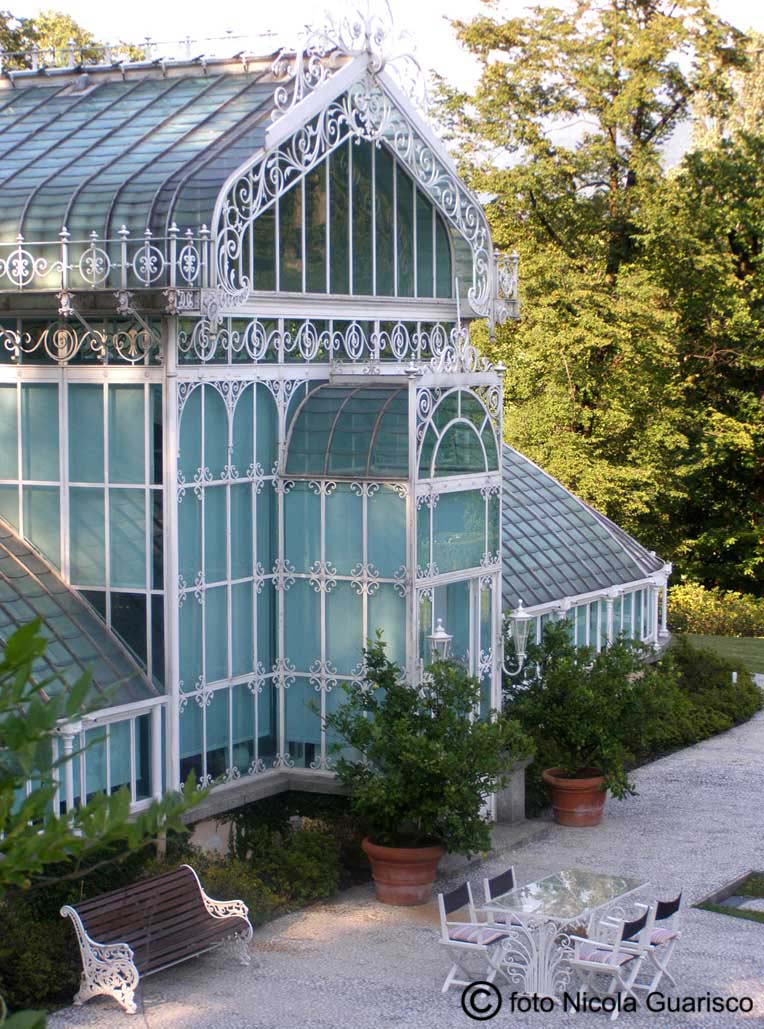
And from above…
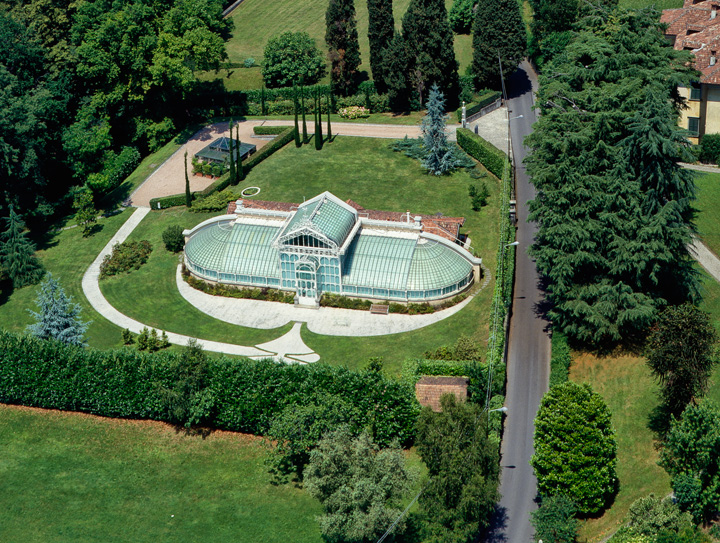
And before we go, a nod to Kew Gardens…
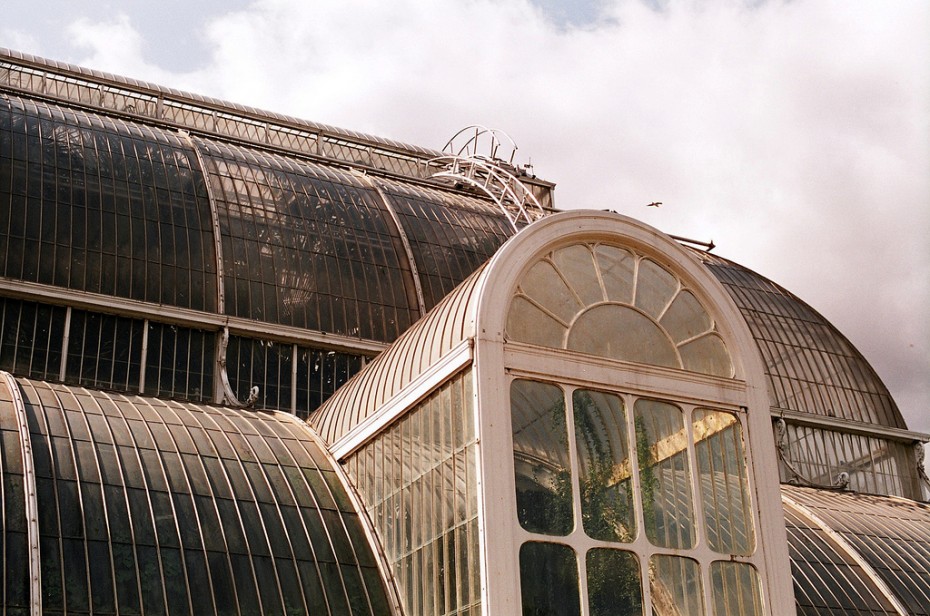
If you’re ever in the London area and share a love for Victorian-era greenhouses, you must, must take a trip to Kew Gardens to see the Royal Botanic Gardens, founded in 1840 and beautifully maintained with more than 30,000 different kinds of plants.
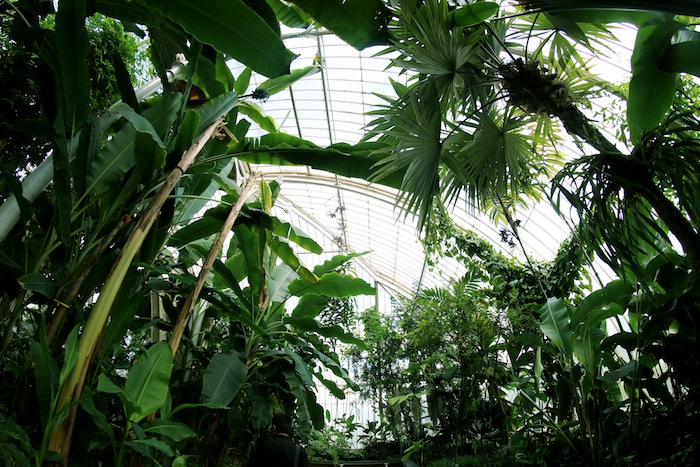
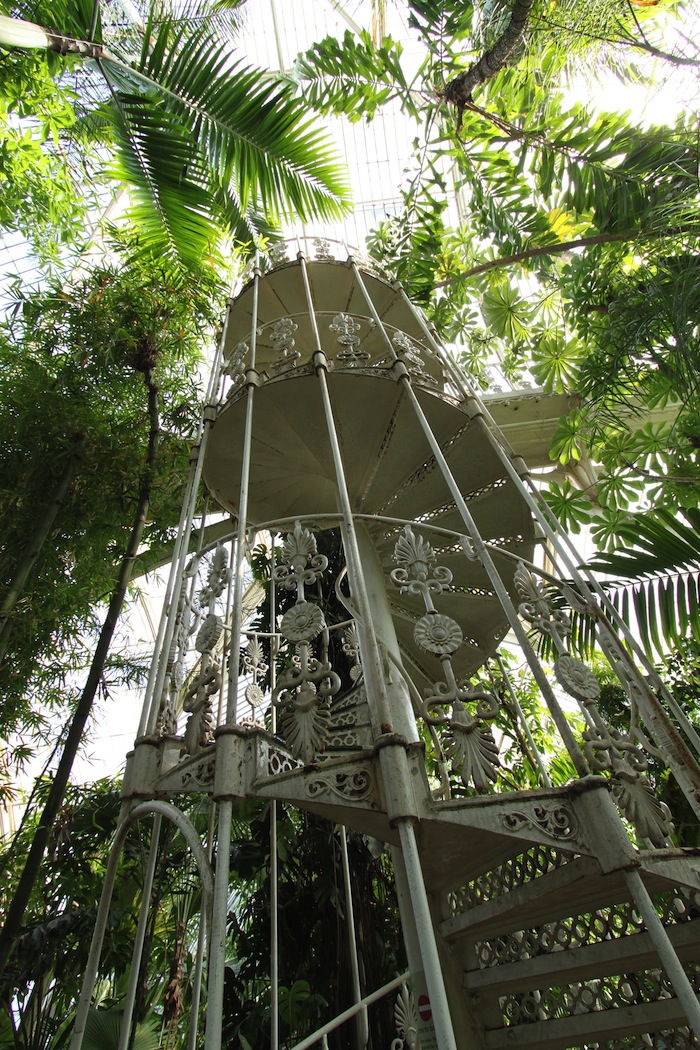
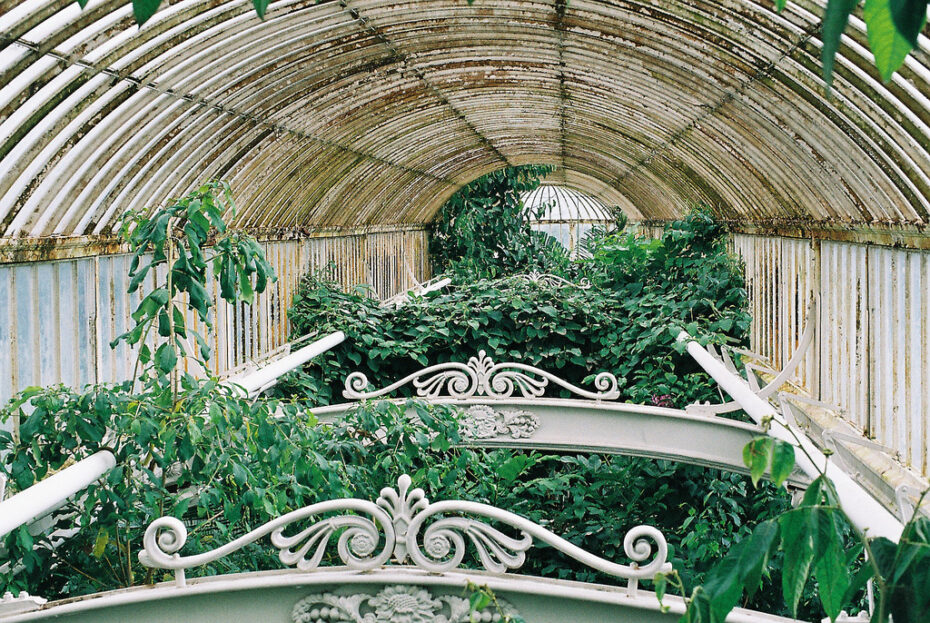
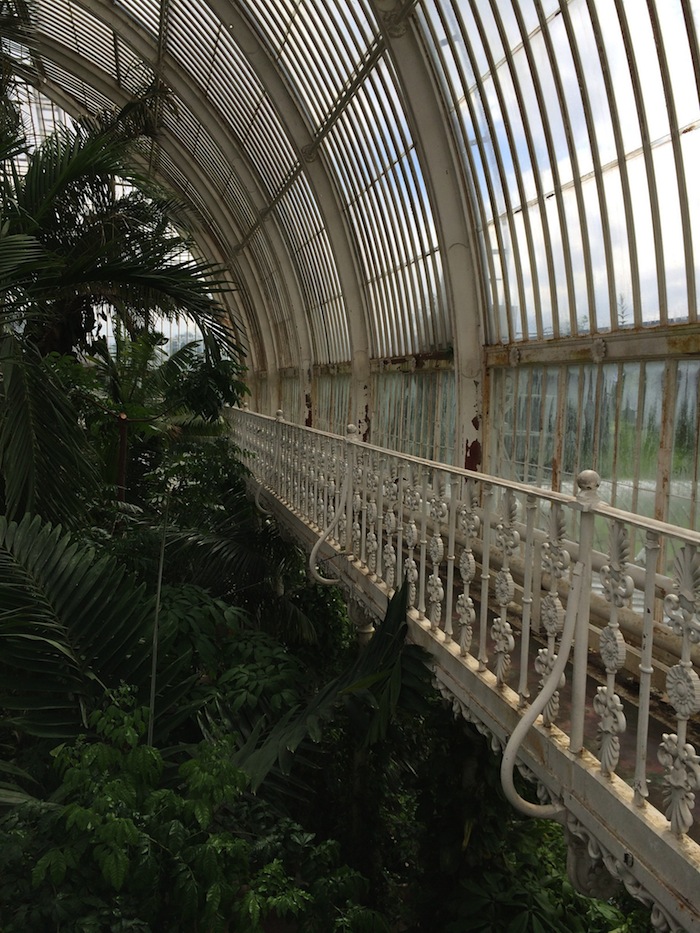
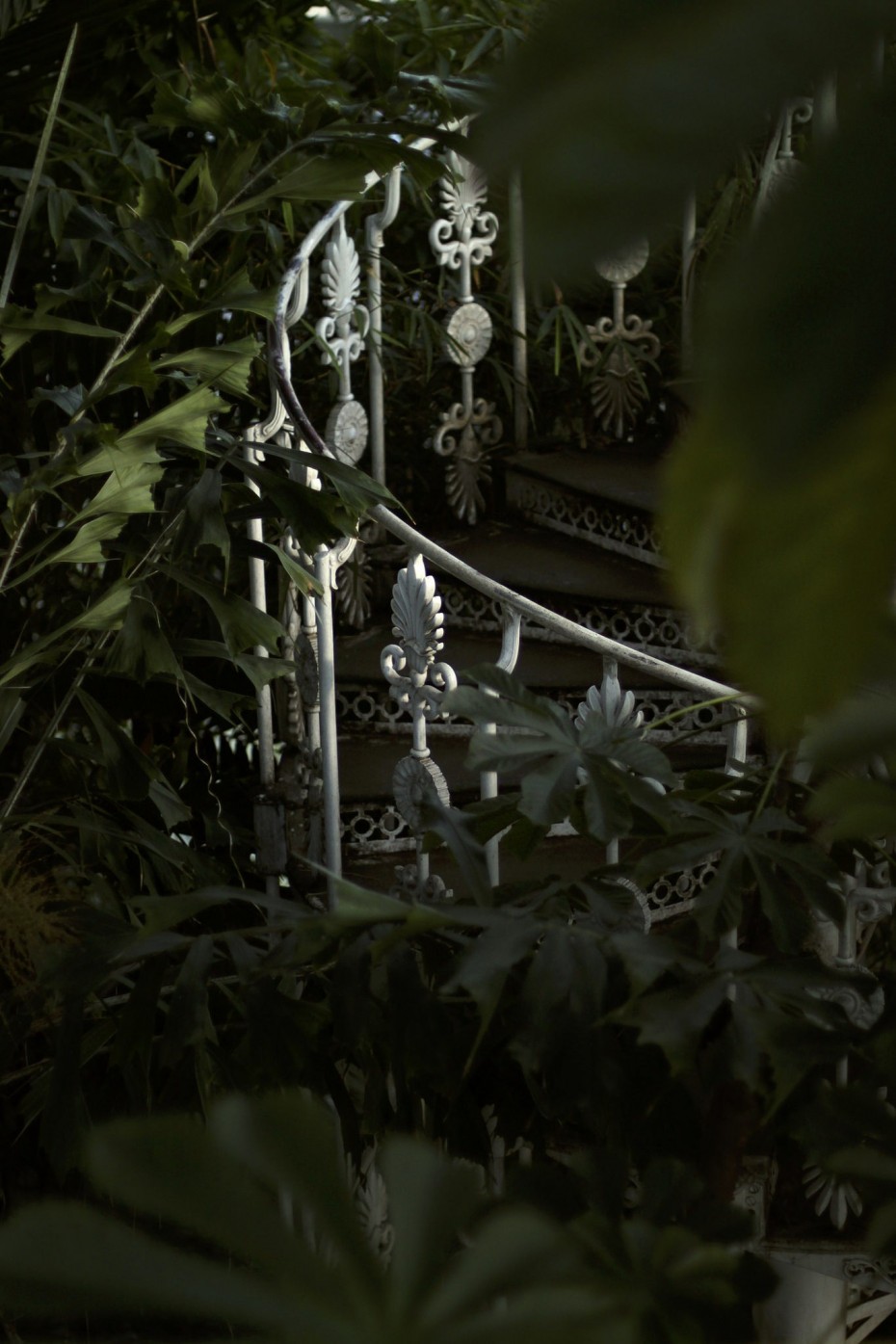
Flickr sources 1, 2, 3, 4, 5, 6.


